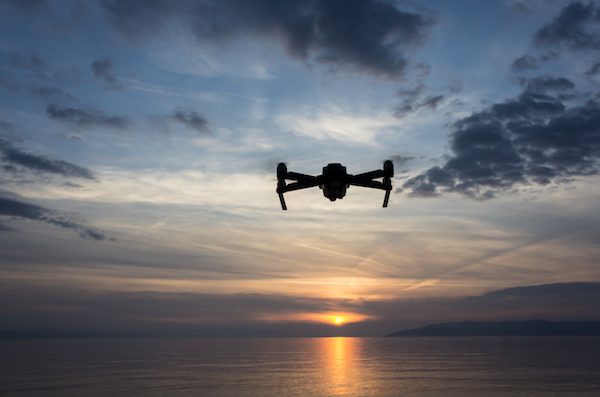The Federal Aviation Administration has released its final Remote Identification (RID) Rule for unmanned aircraft (UA). While GPS/GNSS has been used to advantage aboard many UAVs, this means that a satnav receiver will be mandated aboard all UAVs governed by the Rule that wish to fly in U.S. airspace. Thus a promising potential market opens up into a virtually “guaranteed” — and very significant — market for the GNSS industry.
Editors at Inside Unmanned Systems, the sister publication of Inside GNSS, received an advance copy of the 499-page document. This story is excerpted from their first summary of the new Rule.
What is RID?
The rule creates a new Part 89 in Title 14 of the Code of Federal Regulations, Remote Identification of Unmanned Aircraft. It essentially requires a “digital license plate” for unmanned aircraft (UA) to be operated in the U.S., one that both people on the ground and other airspace users can receive. This rule is specifically for UA — the unmanned air vehicle itself — weighing 55 pounds or less and not unmanned aircraft systems (UAS – which includes the control station and data link). Recreational users and homebuilt UAs remain exceptions to the Rule.
The Rule is effective 60 days from the expected publication date in the Federal Register in January 2021. Operators have thirty months and manufacturers have 18 months after this date to comply (that is, 60 days plus 30 months).
GNSS in the RID
The message broadcast by each UA subject to this Rule must contain these message elements:
(1) A unique identifier to establish the identity of the unmanned aircraft. Operators can choose either the serial number of the unmanned aircraft or a session ID (for operator privacy).
(2) UA latitude, longitude, geometric altitude and velocity. Geometric altitude and velocity are new requirements, and the altitude requirement means that GPS or GNSS must be onboard the UA and its output incorporated in the message.
(3) Control station latitude, longitude and geometric altitude. This is a major stipulation from law enforcement.
(4) A time stamp.
(5) An emergency status indication.
The Rule directly affects UAV designers and manufacturers, and thereby its influence reaches the GNSS industry.
The Rule contains many details, aspects, specifications and exceptions that will be of primary interest to UAV designers, manufacturers and users. For fuller consideration of these aspects, see the current article by Inside Unmanned Systems editors Col. Dawn M.K. Zoldi and Maj. Gen. James M. Poss (both USAF, Ret). Further analysis will be posted to www.insideunmannedsystems.com and signalled here as it becomes available.






